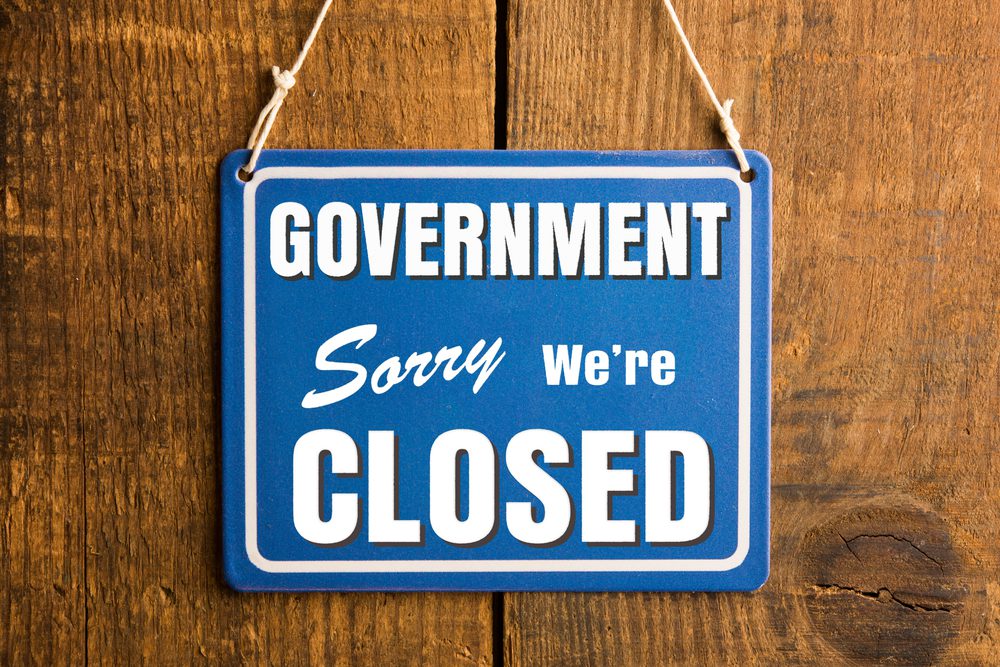
Shutdowns are a uniquely American ritual: loud, pointless, and costly.
We’ve been here before — 35 days under Trump, 21 under Clinton, 16 under Obama — and every time it’s the same fight with new actors.
The question isn’t if this ends soon. It’s how long the stalemate drags before the pain gets political.
The Record

The 2018-2019 showdown remains the longest at 35 days, shutting down a quarter of the government and costing billions. Before that: 1995-96 (21 days), 2013 (16 days), and a short five-day lapse in 1995 that previewed the chaos to come. The average modern shutdown runs about two weeks — long enough to hurt, not long enough to fix anything.
The Pattern
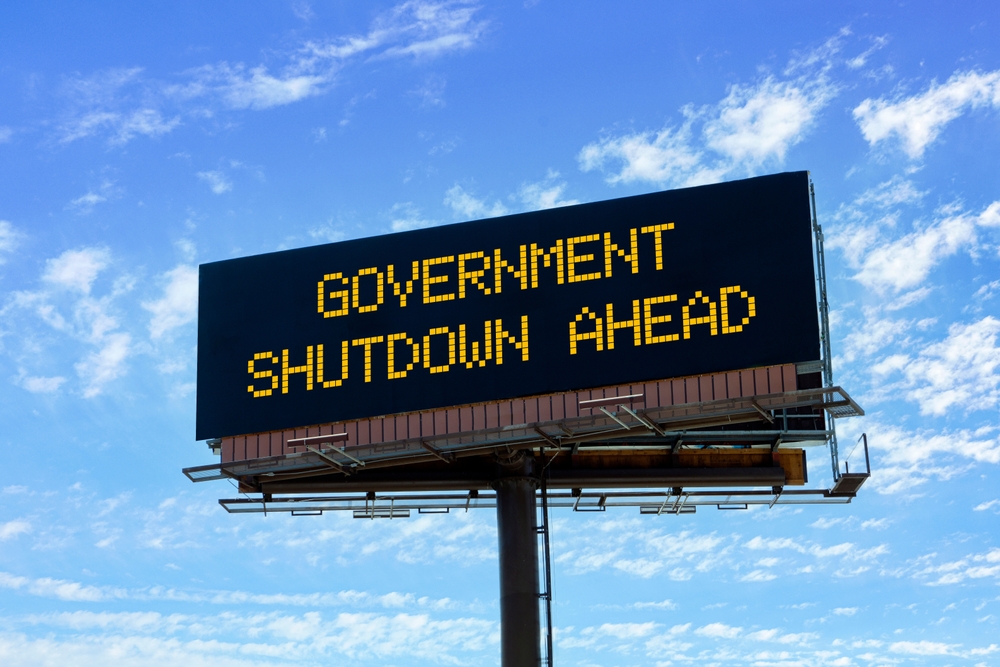
Short fights end when funding bills are clean. Long ones stretch when ideology takes the wheel. The longer a shutdown drags, the more pressure builds from unpaid workers, delayed paychecks, and frozen data. And when the markets start to wobble, that’s usually when Congress blinks.
The Stakes Right Now
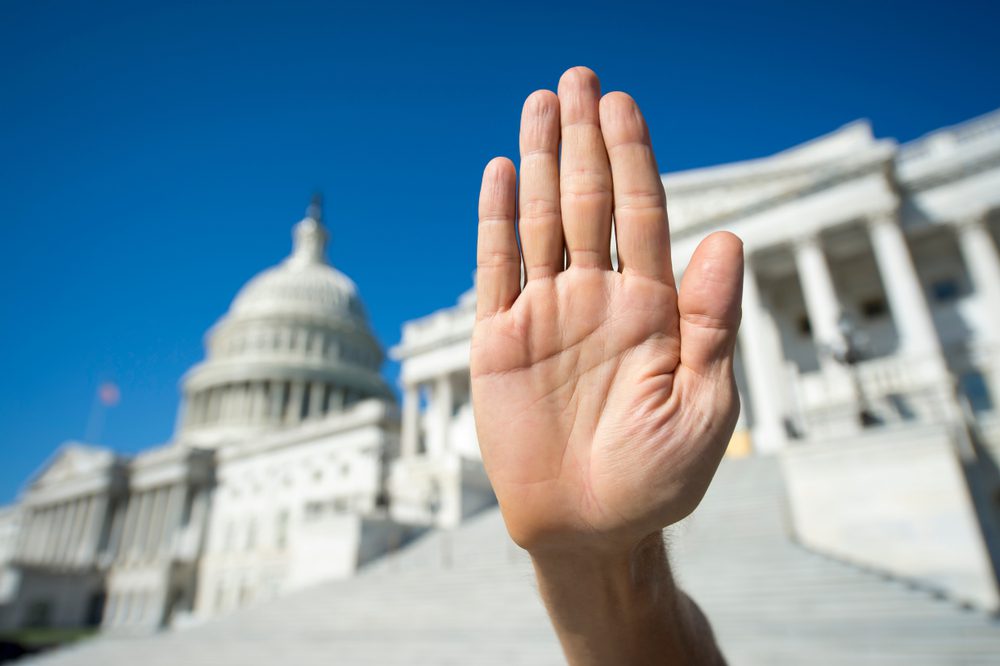
We’re six days in and counting. Federal data releases have stalled, furloughs are mounting, and “essential” workers are running on fumes. The Senate’s talking, but both sides are performing for the cameras, not negotiating like they mean it.
What History Suggests
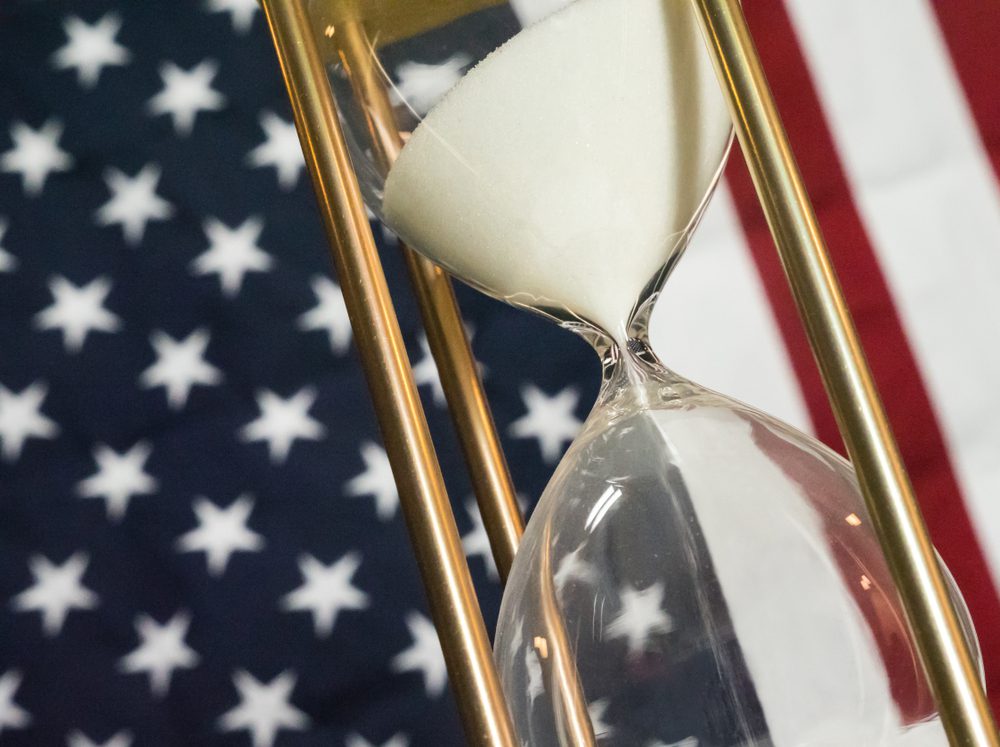
Most shutdowns end between day 10 and day 20 — that’s the sweet spot for maximum pressure before public anger flips from “them” to “you.” Anything shorter feels like theater. Anything longer feels like collapse.
What to Watch This Week

If leadership starts floating the phrase “clean CR,” that’s your signal a deal is near. Watch for markets to move first, Hill reporters second, and press conferences third. When the spin starts softening, you’ll know the checkbook’s about to reopen.
Prediction
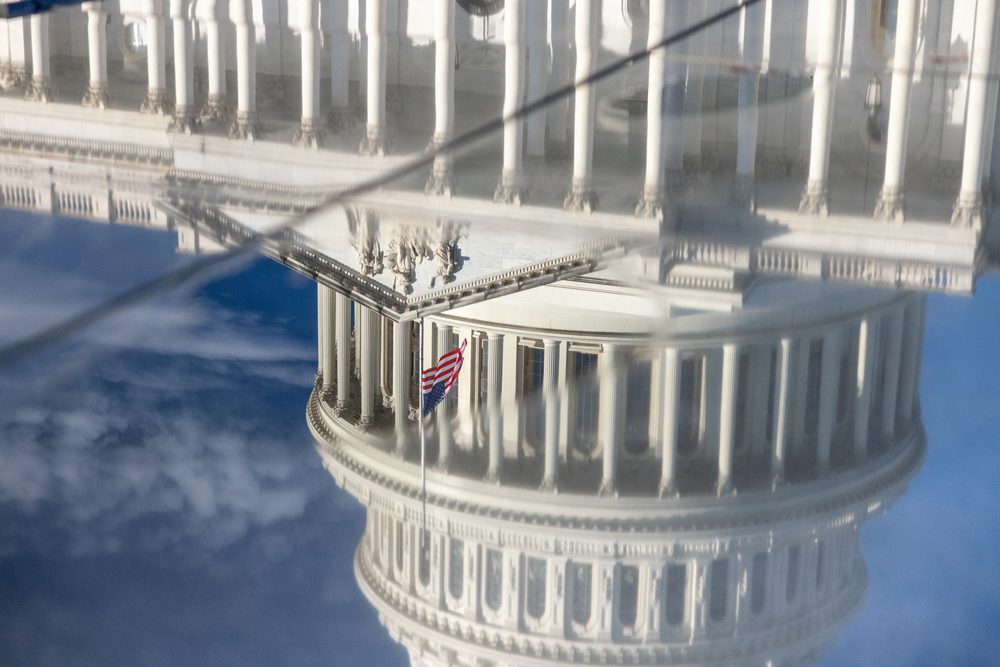
Unless something dramatic changes, this fight likely drags to mid-October. Expect a late-night “deal in principle,” a weekend vote, and a victory lap no one actually believes. Because history doesn’t repeat — it filibusters.
























